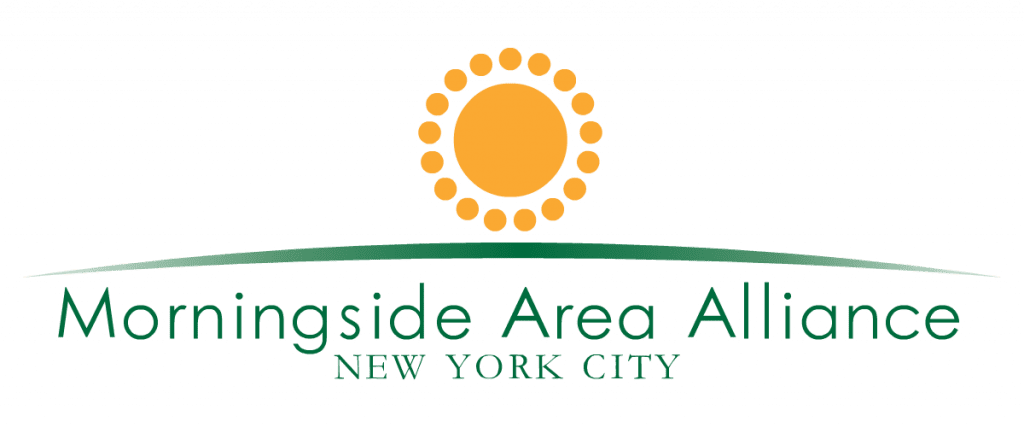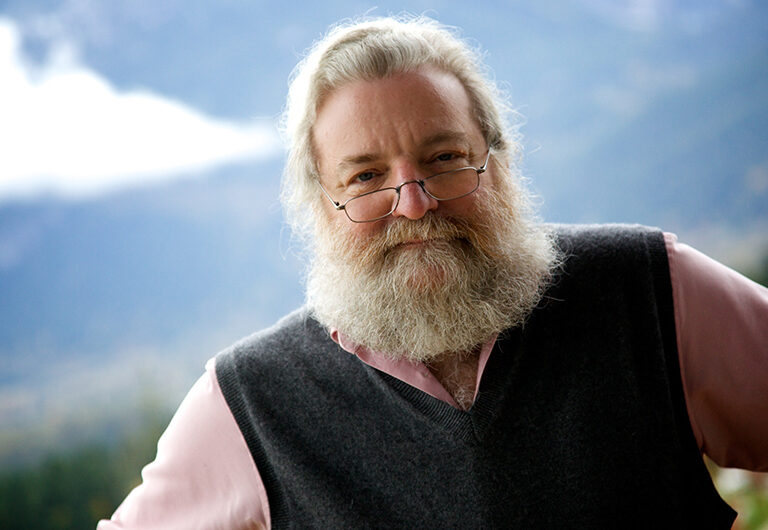Is the book for non-scientists as well as scientists?
To be my endemically curmudgeonly self, I’m not sure I can accept the premise of the question. Every 5-year-old is a scientist—they insistently ask questions about, and do experiments on, the natural world. Somehow, our educational system and the larger culture convince people by the time they get to college that humankind is divided into two subspecies: scientists and non-scientists. I’ve been working for decades to try and demolish this notion, albeit with limited success.
Temporarily suspending my objection to the question, the book is written for non-scientists. It assumes no prior knowledge whatsoever about atoms. The book does use numbers (e.g., it takes 15 million trillion atoms to make a poppy seed), but gives helpful analogies to visualize such numbers (e.g., if those atoms were marbles, they’d fill a warehouse 25 stories tall and the size of New York State).
What is your advice for a student (or anyone) who is interested in learning more about science—be it astronomy, biology, or oceanography—but is intimidated by all the jargon and specialized knowledge?
Read my books (and others like them)! Professional journal articles are indeed filled with jargon and require specialized knowledge—they are designed as an efficient way for scientists dedicated to one field to talk to their colleagues in that same field; such articles are not even very accessible to scientists from other fields.
But this is not the only way scientists communicate. They give public talks, write articles and books for a general audience, produce You Tube videos, and work with science museums. Science is a crowning intellectual achievement of humankind, and, in a technology-saturated world, it is essential that its methods, as well as its results, be shared widely.
What have you read lately that you recommend, and why?
Uncharacteristically, I have had time to read several books lately. The first was Big Rock Candy Mountain by Wallace Stegner, who is my favorite American author (and hugely under-appreciated in my humble opinion). He has, simultaneously, both piercing insight into, and generous empathy for, the human condition. The second book was Michael Ondaatje’s The Cat’s Table, a wonderful, semi-autobiographical tale of a 10-year-old boy alone on a ship from Sri Lanka to prep school in England—transcendent writing.
Then there was A Gentleman in Moscow by Amor Towles which, after the first few pages, I thought was too arch, but which evolved into a charming tale populated by a marvelous collection of characters. In one day, two different people on two different airplanes noticed what I was reading and said “great book.” I also found it highly unusual that Towles says on the book jacket flap that the success of his first novel (Rules of Civility—next on my list) allowed him the luxury of retiring from investment banking—perhaps the first time in literary history that career switch has happened.
I also read The Primacy of Doubt by Tim Palmer—heavy-going, but with some interesting speculations connecting chaos theory with climate forecasting, quantum mechanics, geopolitical instability, pandemics, and human consciousness.
What is next on your reading list?
In addition to Rules of Civility, next on my stack is Philip Kitcher’s On John Stuart Mill, one of the first in a series put out by Columbia University Press on the Core Curriculum. I have this fantasy that one day before I retire from Columbia (or perhaps after I retire), I will teach Contemporary Civilization, and I figure Philip is a good first tutor for me.
What are you teaching this fall?
A course called Frontiers of Astrophysics, which is designed to introduce our undergraduates from CC, SEAS, GS, and Barnard to the hot topics in our discipline. We showcase a lot of the research being done here at Columbia to illustrate the kind of work in which they might participate. I will also give lectures in Frontiers of Science, which, I am pleased to say, will celebrate its 20th anniversary as part of the Core this year.
What are you working now?
I’ve just started my next book, Somewhere Under the Rainbow (with apologies to Music Professor Walter Frisch, whose book on Over the Rainbow I also read this summer, come to think of it). It’s an exploration of the sea of electromagnetic radiation in which we are all immersed, and for which we have detectors (our eyes) that can sense just one out of the 60 octaves the universe sends us. From warming yesterday’s pizza, to using your cell phone, to finding Mayan cities hidden in the jungle, to medical imaging, to the astonishing applications in biology, geology, physics, and, of course, the symphony of waves the universe sends us, it is all just “light” of different wavelengths. I plan to lift the narrow veil our eyes impose.
Scientifically, with my colleague Frits Paerels, I’m still pursuing a problem I was working on when I got to Columba 46 years ago—trying to understand the densest matter in the universe: the cores of neutron stars. If we could just measure both the mass and the diameter of one star, we’d have a very interesting constraint on both the structure of the atomic nucleus and the first microsecond of the Big Bang. We’re tantalizingly close, but I’m not sure we’ll succeed—as usual, we need more data!
Source link

